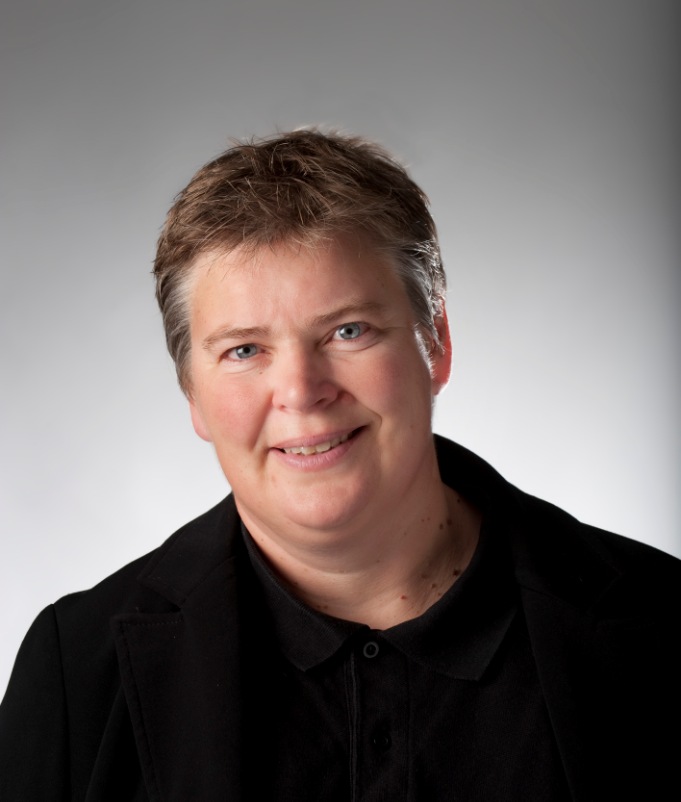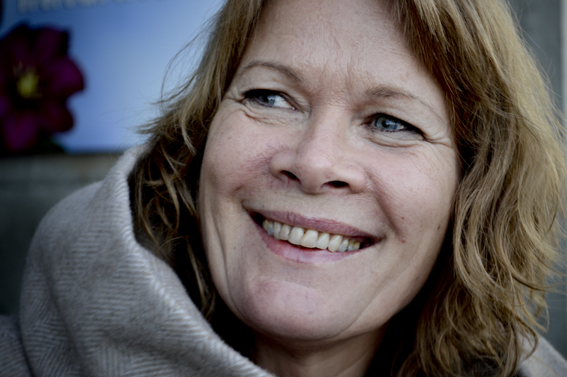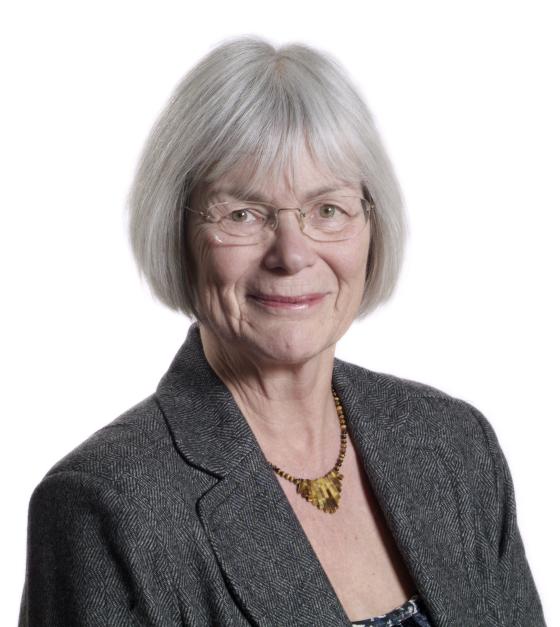Unused millions
For three years the Norwegian government has allocated NOK 10 million annually to increase the percentage of women in high-level positions in mathematics, natural science and technology. Figures from 2010 show that half of the funding remained unused after one year, and there is strong evidence that the same holds true for 2011. What's gone wrong?
"My impression is that the Ministry of Education and Research has not communicated clearly enough with the institutions." This is how Linda Rustad, Senior Adviser for the Committee for Gender Balance in Research (the KIF Committee), explains the poor results.
"It appears that the ministry has had higher goals than these figures show. They have set aside twice as many resources as have been used," Rustad adds.
The ministry's goals
In 2010 the government launched a trial funding scheme as an economic incentive to appoint women to permanent academic positions. This applies to institutions that offer doctoral degrees in mathematics, natural science and technology. The purpose of the scheme is to increase the percentage of women in professor, associate professor and senior lecturer positions in subjects with a very uneven gender balance. The budget framework for the scheme is NOK 10 million per year.
"The award for a single new appointment is a maximum of NOK 300,000," says Minister of Research and Higher Education Tora Aasland.
"The new appointments must be women hired for full-time positions as professor, senior lecturer or associate professor. Not through promotion," she emphasizes.
And the result: In the first year only half of the money was used up. At that time the ministry awarded NOK 5.1 million. In 2010, four institutions did not appoint any women to positions that would trigger incentive funding. This was also the case at three institutions in 2011. In total, 17 positions at the nine institutions included in the scheme triggered incentive funding in 2010. In 2011, this figure rose to 18 women. This indicates that 2011 was also a year in which half of the allocations remained unused.
“Unfamiliar”
"The incentive scheme is unfamiliar to many at our institution, which is why we have not made full use of the opportunities in 2010 and 2011," says Seunn Smith-Tønnessen, Assistant University Director at the University of Agder (UiA).

She says that technology is one of the academic areas with the greatest challenges. UiA appointed only one woman after the incentive funding went into effect in 2010, and none in 2011.
"In 2010, NTNU appointed six women which triggered NOK 1.8 million," says Svandis Benediktsdottir, Gender Equality Adviser at the Norwegian University of Science and Technology (NTNU) in Trondheim.
"The incentive scheme was discussed at a dean's meeting in March. This may have helped to raise awareness about the scheme, but the question is whether the academic departments and the departmental leadership are keeping it in mind when they appoint women to these positions," says Benediktsdottir.
The same question has been raised in Oslo.
A lack of information
Ella Ghosh at the University of Oslo (UiO) points out that even though the top administrators and faculty chairs at the institution are well aware of the scheme, the people in the individual academic departments are not necessarily familiar enough with it.
"But there are several challenges related to the scheme. For example, there was uncertainty about the interpretation of the kinds of appointments that triggered the incentive funding," says Ghosh.

"All measures need follow-up," emphasizes Rustad of the KIF Committee. "The ministry needs to communicate better with the nine institutions."
However, Aasland believes the incentive scheme was publicized through the allocation letters, in the proposition to the Storting and in letters to the nine institutions.
Who is responsible for informing the relevant academic departments about the scheme?
"The institutions must have routines for ensuring that information about schemes like this is distributed internally. This is an opportunity that the educational institutions should seize," says Aasland.
Long processing time
The University of Bergen (UiB) is one of the institutions that have seized the opportunity.
"But a weakness of the scheme is the long time it takes from when an appointment is made until the funds are dispersed," says Anne Marit Skarsbø, Gender Equality Adviser at UiB.
Aasland argues that this is the time it takes.
"The figures showing the use of the scheme in 2010 are not available until 2011. Allocations are included in the 2012 budget and not disbursed until then. This procedure is completely normal," Aasland asserts.
Unable to attract women
Two of the institutions have not appointed any women in positions included in the government's incentive scheme during the time that the scheme has been in existence. These are the University of Tromsø (UiT) and the University of Stavanger (UiS).
"We're familiar with the incentive scheme and make a conscious effort to recruit the underrepresented gender, especially at the senior level, but it is difficult to recruit women with senior-level qualifications to the Faculty of Science and Technology. UiS has not managed to attract applicants that could be encompassed by the scheme," says Kjetil Kiil Halvorsen, Personnel Adviser at UiS.
"In the future UiS will put special focus on the scheme to ensure that all parts of the institution are aware of it, and to try to take advantage of the incentive funding," Halvorsen concludes.
Few positions
Gjøvik University College and Telemark University College (HiT) have each appointed one woman in positions that trigger the incentive funding.

"The problem at our institution is that there were very few appointments to senior and top-level positions in 2010 and 2011," says Kjetil Horgmo, Director of Human Resources at HiT, "but it is highly unlikely that the incentive scheme has made any real difference."
Despite the limited payouts, Horgmo believes that the incentive scheme has helped to raise awareness about the lack of gender balance in mathematics, natural science and technology.
Uncertain duration
Linda Rustad emphasizes that the incentive scheme requires a more long-term perspective.
"The appointment processes in the sector take a long time, sometimes one and a half years," says Rustad.
There has also been uncertainty about the duration of the measure.
Did you know that the scheme would last three years when it was introduced in 2010?
"It was unclear how long the incentive scheme would last. The ministry was unclear about that," says Benediktsdottir at NTNU.
Rustad of the KIF Committee confirms that there has been confusion surrounding the measure.
"There has been uncertainty about both the duration of the scheme and who it applies to," says Rustad.
Aasland responds to this criticism:
"We were informed that the duration of the scheme might be unclear, but this was rectified well in advance of the reporting for 2011," states Aasland.
The ministry says that the incentive scheme will be evaluated after three years, and it will consider extending the scheme as well as launching other measures.
Hopes for continuation
"Now that we are aware of the scheme it will serve as a further incentive, so we hope that the scheme will be continued," says Smith-Tønnessen at UiA. Her counterpart in Bergen agrees:

"If the incentive scheme can work over time, we can more easily market it to the academic departments and it will work better," says Skarsbø at UiB.
"The incentive scheme has put the spotlight on key principle issues about the recruitment of women to permanent academic positions in mathematics, natural science and technology, such as the importance of full-time positions instead of part-time positions," says Ghosh at UiO.
The Gender Equality Adviser at NTNU is unsure about the significance of the incentive scheme.
"We can't rule out that the incentive scheme can have some effect," says Benediktsdottir at NTNU, "so in the future, when the departments see that the scheme adds money to their pot, it might have an impact."
Position categories to be assessed
The ministry will assess the effects of the incentive scheme when it decides whether or not to extend it.
"When the scheme is assessed, we will look again at which position categories the scheme should encompass if it is continued," says the minister.
Are you satisfied with the measure, and does the ministry want to extend the incentive scheme?
"We are very pleased with the measure. But the incentive scheme alone is not enough to achieve our goal of a larger percentage of female professors. We must consider extending the scheme and implementing other measures," says the minister.
Humanities and social sciences should be included
Rustad thinks it is excellent that the ministry has taken the initiative to implement a major initiative such as the incentive scheme, and notes that there is almost one year left of the trial period. She hopes that more of the institutions will make use of the scheme this year.
"Maybe this is the year that will show whether the scheme has been successful," she says.
"This is a narrow measure. I think there is a greater chance of success if the incentive scheme is expanded to include subjects with a low percentage of women in the humanities and social sciences. There are several subject areas that can benefit from this scheme," she concludes.
Translated by Connie Stultz.
Nine institutions are involved in the three-year trial scheme for incentive funding. A total of NOK 30 million, NOK 10 million each year, has been set aside for the scheme. The nine institutions included in the trial scheme are the Universitiy of Oslo (UiO), University of Bergen (UiB), University of Tromsø (UiT), University of Agder (UiA) and University of Stavanger (UiS), as well as the Norwegian University of Science and Technology (NTNU), the Norwegian University of Life Sciences (UMB), Gjøvik University College (HiG) and Telemark University College (HiT).
NTNU was the institution that has used the scheme the most in the past two years, with six appointments in 2010 and seven in 2011. The University of Tromsø and the University of Stavanger are the two institutions that have not appointed women to positions that trigger the incentive funding in the first two years of the scheme.
In 2010 there was a total of 17 appointments, and in 2011 there was a total of 18 appointments.
NOK 5.1 million (out of NOK 10 million) was used in 2010. Funding for the number of women appointed in 2010 was included in the budget for 2012. The Ministry of Education Research states that the allocations for the incentive scheme for 2011 will not be confirmed before the budget for 2013 is presented in October of this year.
NOK 10 million is the upper limit for the scheme. This means that lower disbursements in one year will not be rolled over into the allocations for the following year.
Here is an overview of the women appointed to positions in 2010 and 2011 that have triggered incentive funding for the individual institutions:
| 2010 | 2011 | |
| UiO | 6 | 2 |
| UiB | 3 | 2 |
| UiT | - | - |
| UiA | 1 | - |
| UiS | - | - |
| UMB | 1 | 5 |
| NTNU | 6 | 7 |
| HiT | - | 1 |
| HiG | - | 1 |
Source: Database for Statistics on Higher Education
Recently, Kristin Halvorsen was appointed new Minister of Education and Research, responsible for both kindergarten, education and research.

